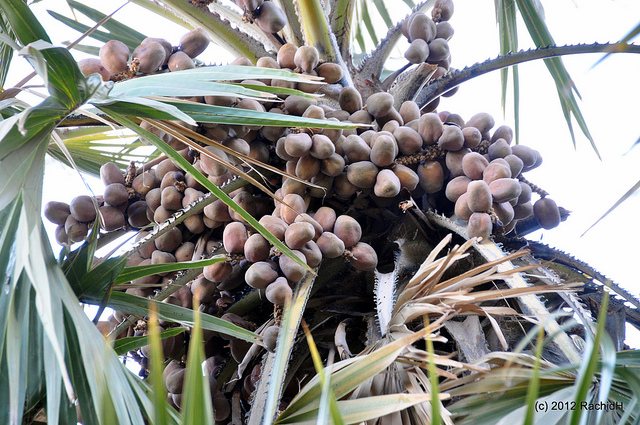The English language edition of Al-Ahram, a prominent Egyptian newspaper, published a brief photo essay last week about Gharb Sohail, a traditional Nubian community near Aswan. The village, with about 3,000 inhabitants, exposes visitors to a smattering of Nubian foods, crafts, culture, arts, and traditions.

To judge by the photos that accompany the article, the community is well-known for its colorfully painted private homes. Al-Ahram expressed enthusiasm for the place: “When visiting the village, you will feel that you are in a calm, natural paradise: the Nile, the mountains, the huge green areas.” The writer praised the cheerfulness, modesty, and generosity of the Nubians toward their visitors.
The traditional houses are constructed out of stone, sand, and clay, with arching roofs that are covered with stalks of reeds and grains. The people decorate the walls with flowers. Because of the ways they are built, the homes are cool naturally so they do not need air conditioning.

Visitors to Gharb Sohail can enjoy the Nubian cuisine by tasting some breads that the people bake in their homes. They make dishes such as “fatta ads,” “tagen lahma,” and “Aswanian egg.” They drink a beverage made from the fruits of a palm tree called “doum,” which is quite popular in Egypt and, research shows, is rich in natural polyphenols and thus has many health benefits. Gharb Soheil is about 30 minutes by car from the train station in Aswan or 10 minutes from the Aswan International Airport. But to reach the village, which is on the opposite side of the Nile, visitors must take a motorboat or a felucca across the river.
The journalist for this article in Al-Ahram wrote many of the same things in praise of Gharb Sohail as a different travel piece back in early April. The village is at the edge of the Aswan metropolitan area but suffused enough with Nubian culture to entice tourists, including Egyptians who are interested in learning about their minority non-Arab society.